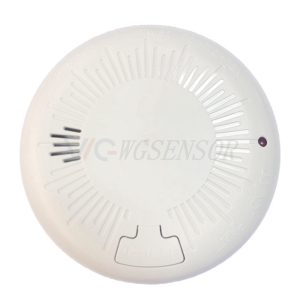Smoke detectors play a pivotal role in safeguarding lives and property by detecting the presence of smoke, a crucial early indicator of a potential fire. These devices are designed to sense smoke particles in the air, triggering an alarm to alert occupants of a building or home.
There are primarily two types of smoke detectors: ionization and photoelectric.
– Ionization detectors work by using a small amount of radioactive material to ionize the air within a sensing chamber. When smoke enters this chamber, it disrupts the ion flow, prompting the alarm to sound.
– Photoelectric detectors, on the other hand, utilize a light source within a sensing chamber. When smoke particles enter, they scatter the light, causing it to hit a sensor, which then triggers the alarm.
Both types have their advantages and are often combined in modern detectors to provide comprehensive coverage.
Placement is key for effective detection. Smoke detectors are typically installed on ceilings or high on walls, as smoke rises. Regular maintenance, such as testing the alarm monthly, replacing batteries annually, and cleaning the unit to prevent dust accumulation, ensures their functionality.
These detectors are vital for providing early warnings, enabling swift evacuation and intervention in case of a fire. They’re an indispensable part of any safety system, contributing significantly to fire prevention and mitigation efforts.
Remember, while smoke detectors are crucial, they’re just one aspect of fire safety. Having a fire escape plan, practicing it regularly with all household members, and investing in fire extinguishers are also essential steps towards ensuring overall safety.
Stay safe and vigilant against fire hazards!


Please contact us for free quotation by form below. We promise the quickest response within 24 hours: